Calgary recycling facts
Calgary’s Blue Cart program has helped Calgarians recycle over 930 million kilograms of material since 2009.
Is it still worthwhile to recycle? YES! Municipal recycling programs are some of the best run diversion programs available and will only get better now that Extended Producer Responsibility (EPR) regulations are in place. While we acknowledge that not all parts of the recycling system are perfect, we work with our partners to keep industry standards high.
The City and Circular Materials (the organization responsible for residential recycling in Alberta) are committed to making sure the recyclables you put in the Blue Cart program continue to be ethically and environmentally recycled.
Know your Calgary recycling facts.
Making sure your Blue Cart Recyclables get recycled
When you put your acceptable materials in your blue cart, you can be confident that these recyclables are actually getting recycled.
The City of Calgary and Circular Materials work closely with the contracted recycling processor, GFL Environmental Inc. who sorts all of your recyclables to ensure they get turned into something new.
GFL Environmental Inc. has processes in place to make sure recyclables go to legitimate recyclers and manufactures.
Before recyclables are sent for manufacturing, they check companies using:
Multi-layered reference checks on pulp mills, paperboard factories and packaging manufacturers.
In-person inspections before sending any sorted recyclables.
Third-party certification for our contracted recycling sorting facility and manufacturers.
Circular Materials provides additional oversight to ensure that GFL is meeting all contract obligations and in compliance with industry standards, international, federal and provincial laws.
Did you know: In 2019, The City landfilled 2,000 tonnes of stored clamshell containers due to challenging markets. While a small setback, over 55,000 tonnes of recyclables are sorted and recycled each year from our programs.
As of April 2019, clamshell containers have been successfully sorted and recycled. Keep putting clean and empty plastic clamshell containers into your blue bin for recycling. Make sure you know what can go in your blue cart. See What Can Be Recycled.
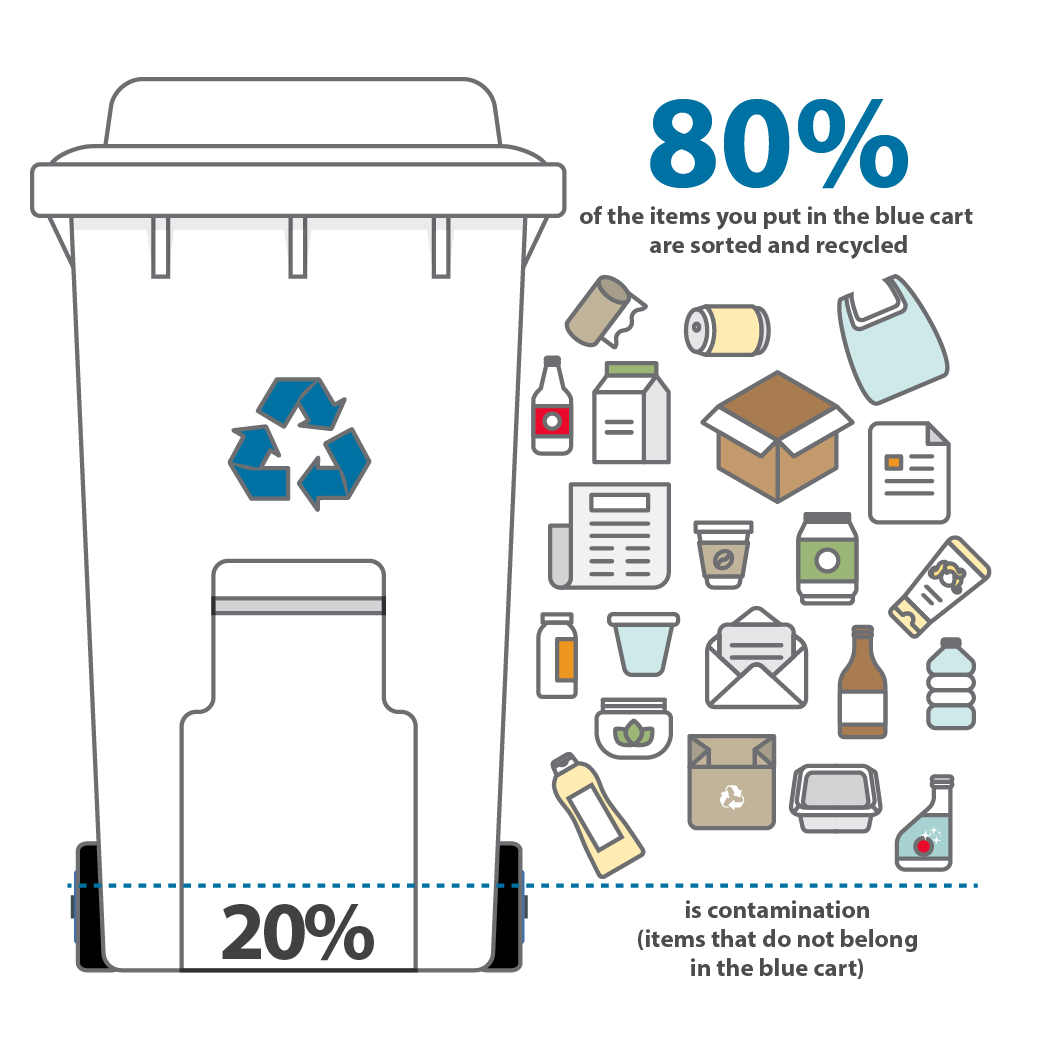
80% of your blue cart recyclables are sorted and recycled. The other 20% is contamination (wrong items) that shouldn’t have been put in the recycling at all.
Where recyclables go
Recyclables from the Blue Cart program and Community Recycling Depots are taken to the GFL Environmental Inc. recycling sorting facility, located just east of the city limits in Rocky View County.
From there, our recycling items go to recyclers and manufacturers all over North America and around the world.
Ethical and environmental: The City of Calgary and Circular Materials work with GFL Environmental Inc. to make sure we know where sorted recyclables end up and how they will be used.

Turning old products into something new
The recyclables you put in your blue cart get turned in to new products that you’ll find at the grocery store, at the mall, online shopping and other retailers.
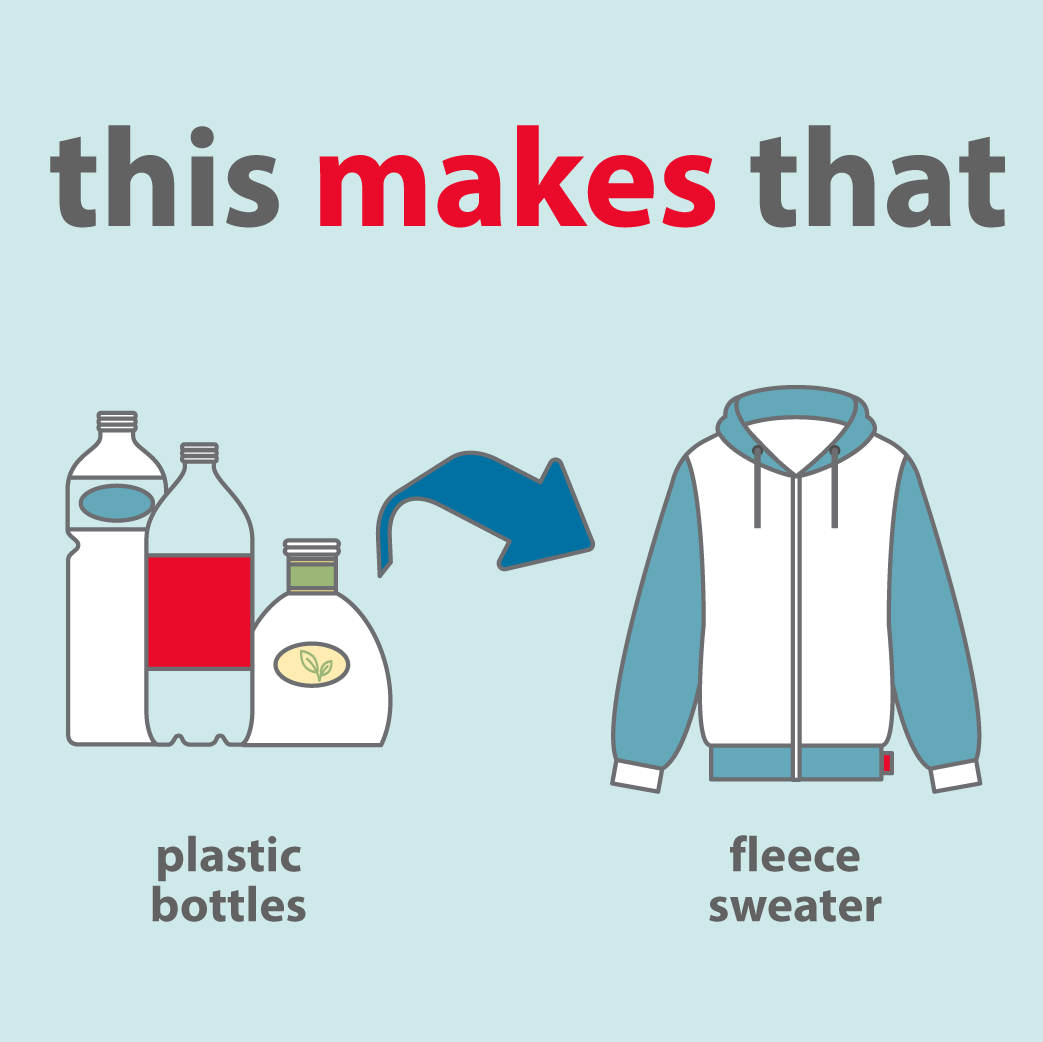
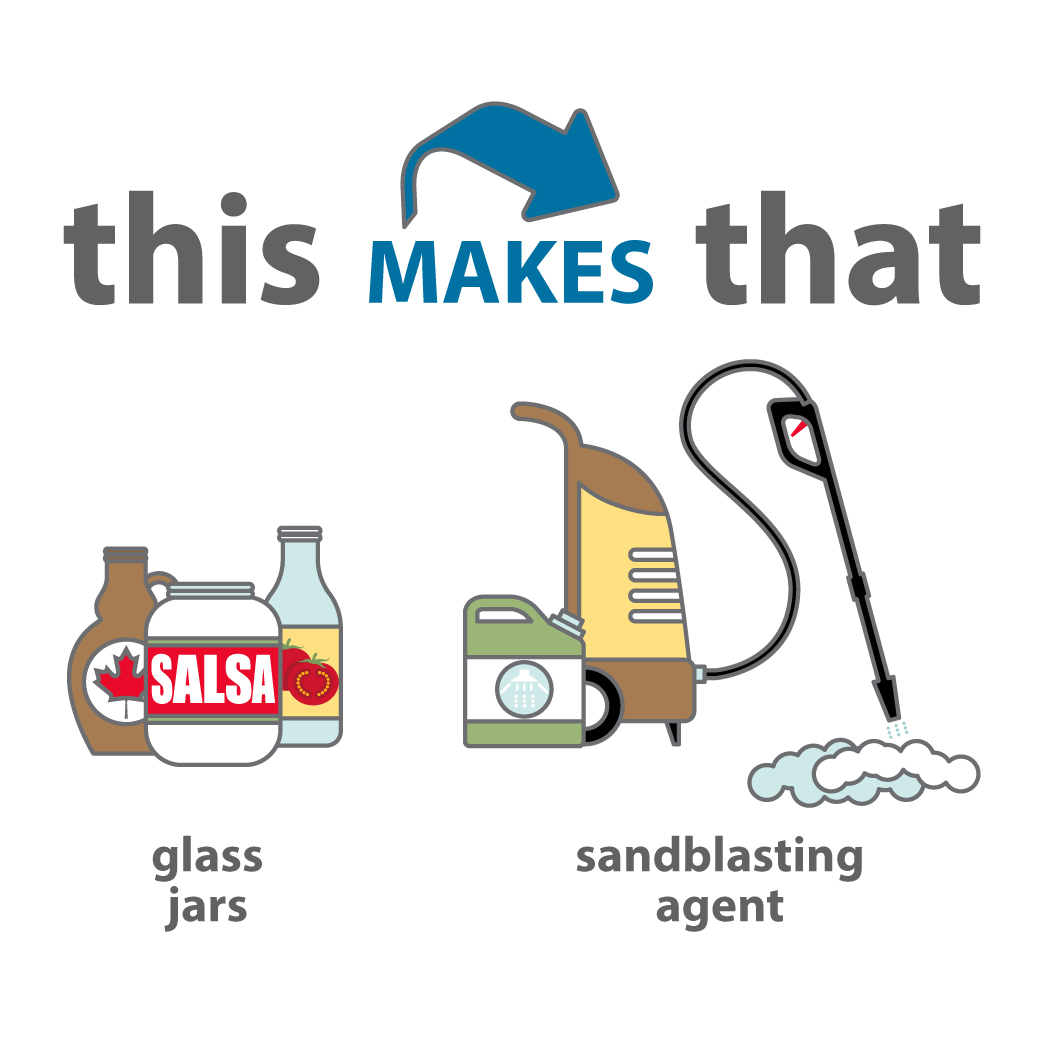
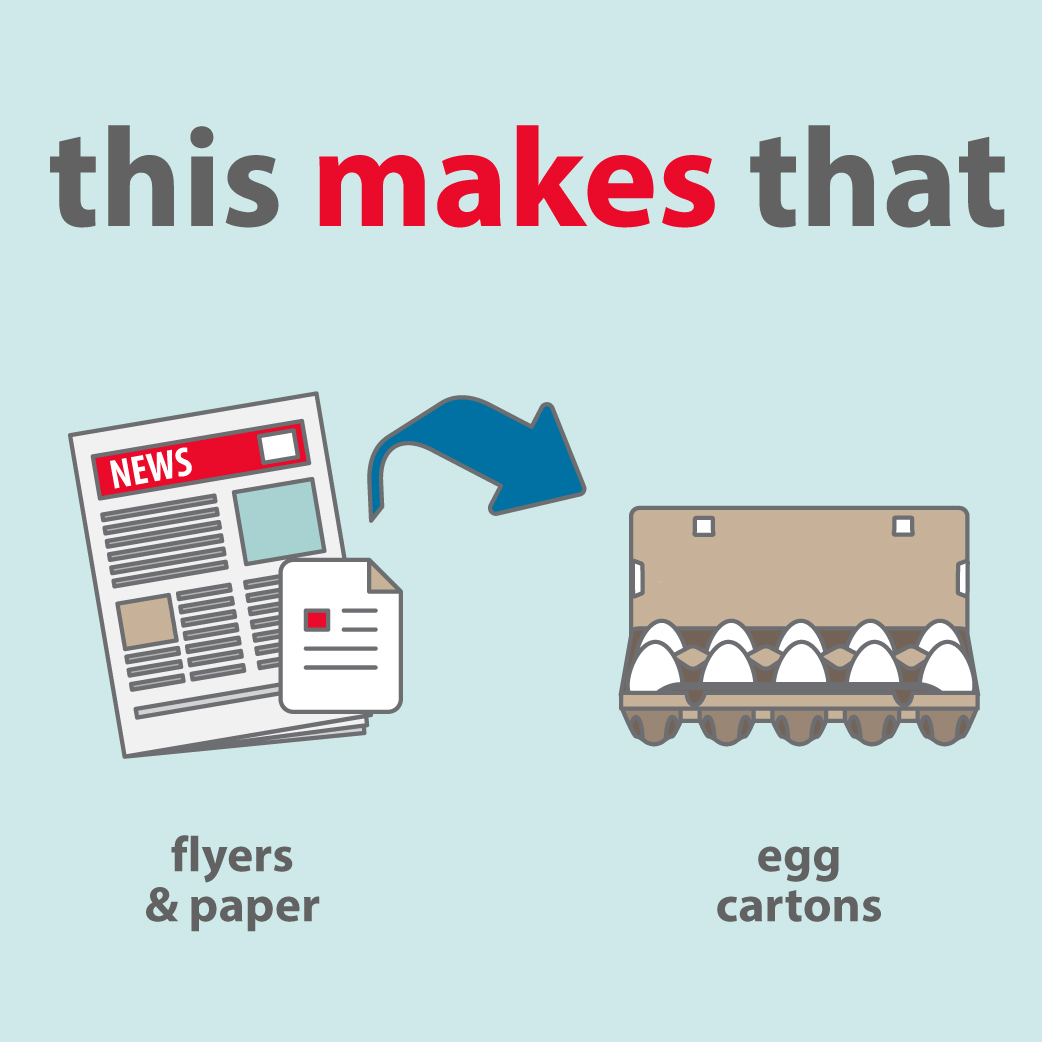
Learn how your blue cart recyclables fit into the global manufacturing process.
Why recyclables are too good to waste
We live on a planet with limited resources and a growing population. Everything we buy and use has to come from somewhere. That includes plastic from oil, cardboard from trees, or pop cans from ore mining.
There is a huge environmental and social cost to extracting, manufacturing, consuming and disposing of all of these goods.
By recycling, we conserve vital resources by putting them back to use again. We also reduce pollution of having to extract, mine and process new resources.
Did you know: Calgarians recycle and compost more waste than is sent to landfill.
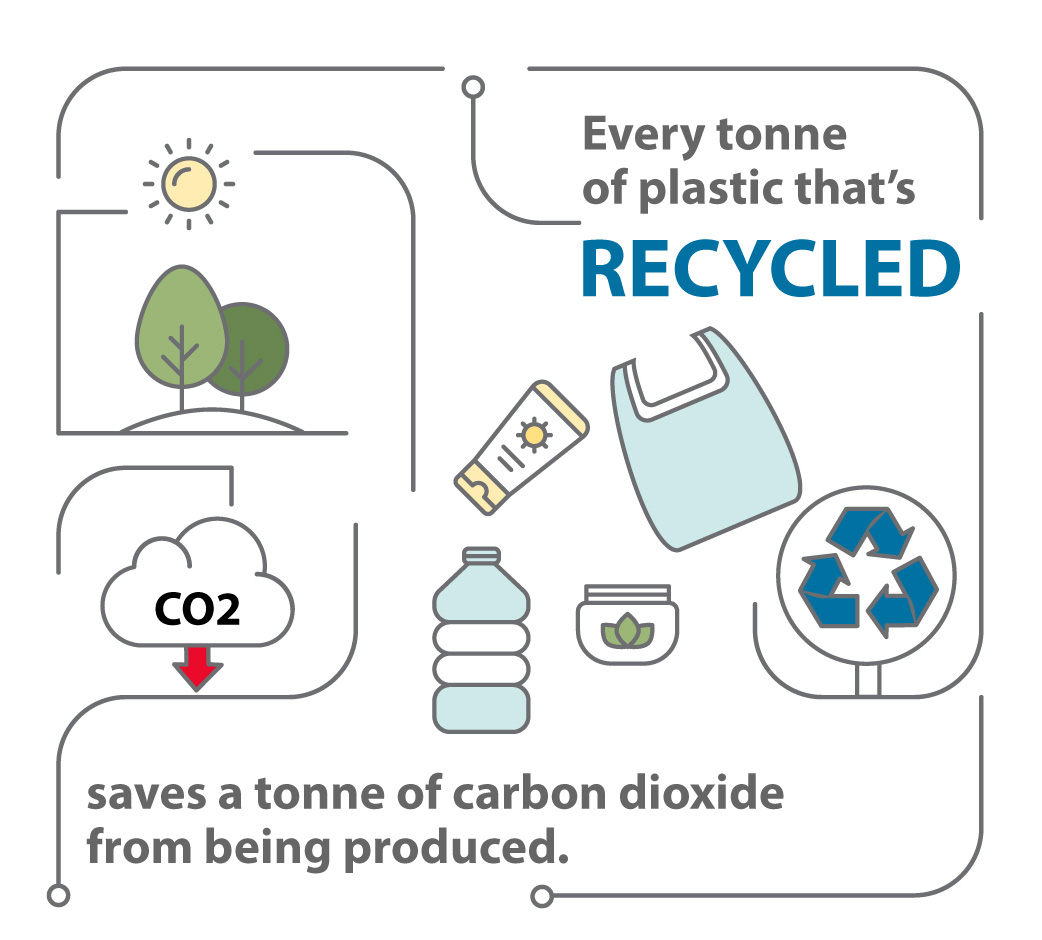
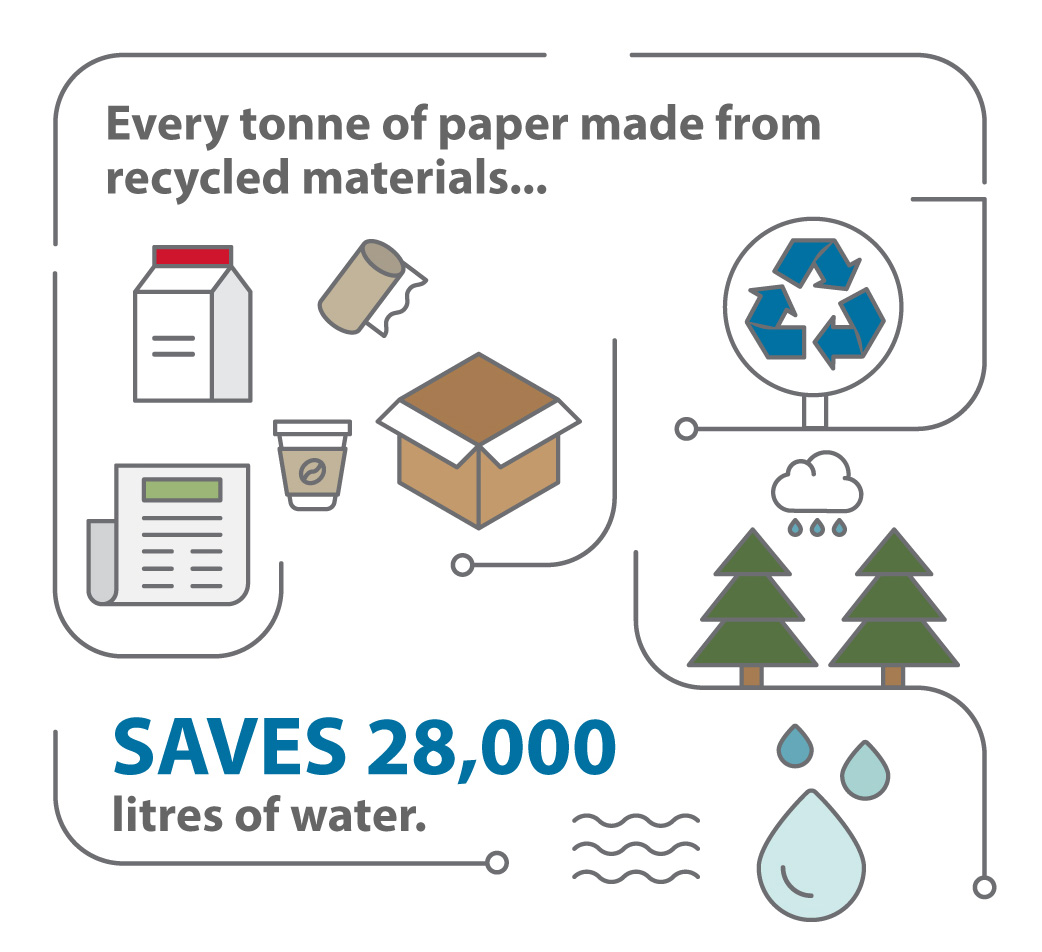
City of Calgary Cart Programs: By the numbers
- The paper and cardboard recycled through the Blue Cart program saves over one million trees a year.
- It takes 95% less energy to recycle tin cans and tin foil than to make it from raw materials like aluminum.
- Every tonne of paper made from recycled material saves 28,000 liters of water.
It seems like there is always bad news about recycling in the media. But rest assured that these news articles are not connected to Calgary’s Blue Cart program and we plan on keeping it that way.
Valuable recycling, value for Calgary
Using Calgary’s three cart system is an important part of keeping our communities clean, protecting public health and managing our waste in a responsible and affordable way.
Conserving our valuable landfills
Calgary is lucky to have three landfills in city limits. Many other cities don’t have their own landfills and must pay to transport garbage long distances to dispose of it at privately-owned facilities.
Building a new landfill is a difficult and expensive process. Even if successful, it wouldn’t be nearly as close and convienent as our current landfills.
Our landfill space is limited and precious. That’s why keeping recyclables out of our landfills is important.
By using the black, green and blue carts at home, we have saved a generation’s worth of landfill space in Calgary.
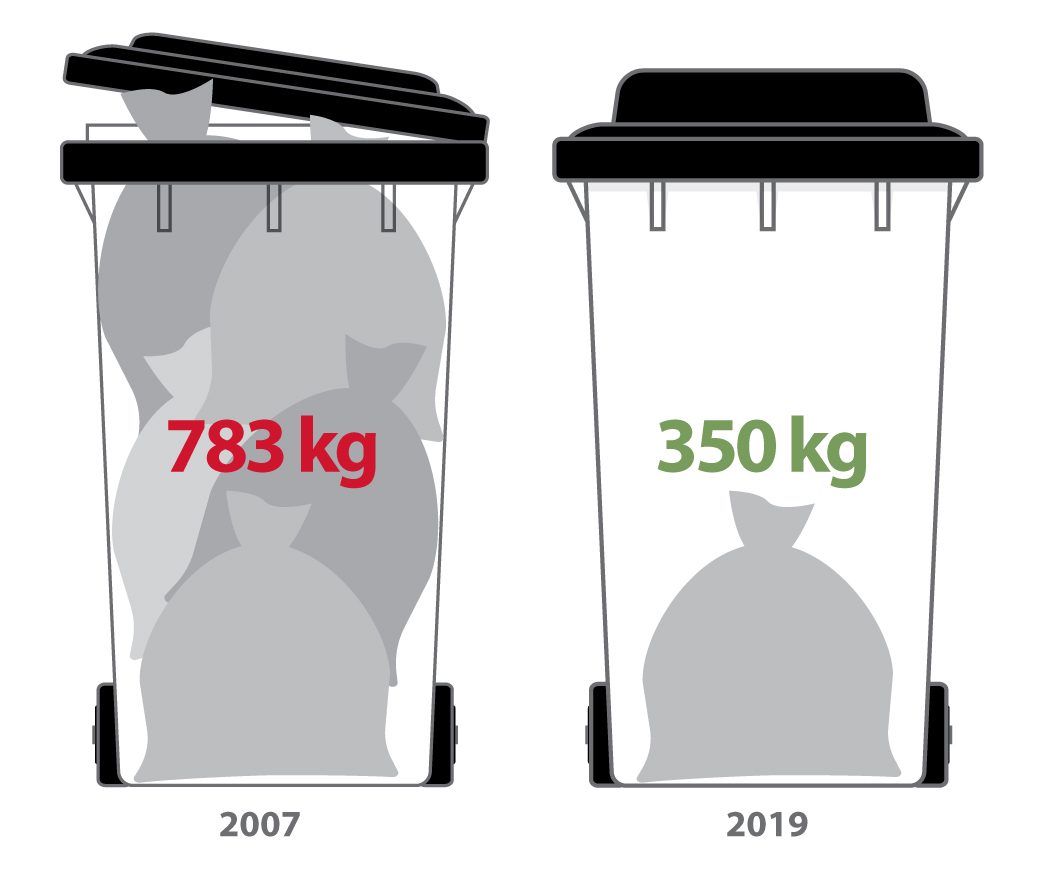
With the introduction of the blue and green carts, black cart garbage has reduced nearly in half from an average of 783 kg/household to 350kg/household
How are blue cart fees calculated?
Your monthly blue cart program fee is not a “per-collection” fee but covers all aspects of running the program.
We provide service to over 360,000 households each week collecting over 55,000 tonnes of material each year.
The Blue Cart Program cost is offset by revenue generated by the sale of recyclables. This helps keep your fees lower. Your blue cart costs are also partially covered by manufacturers through Extended Producer Responsibility.
A monthly fee is still needed because revenue from recyclables does not cover all the program costs.
What you can do to recycle right
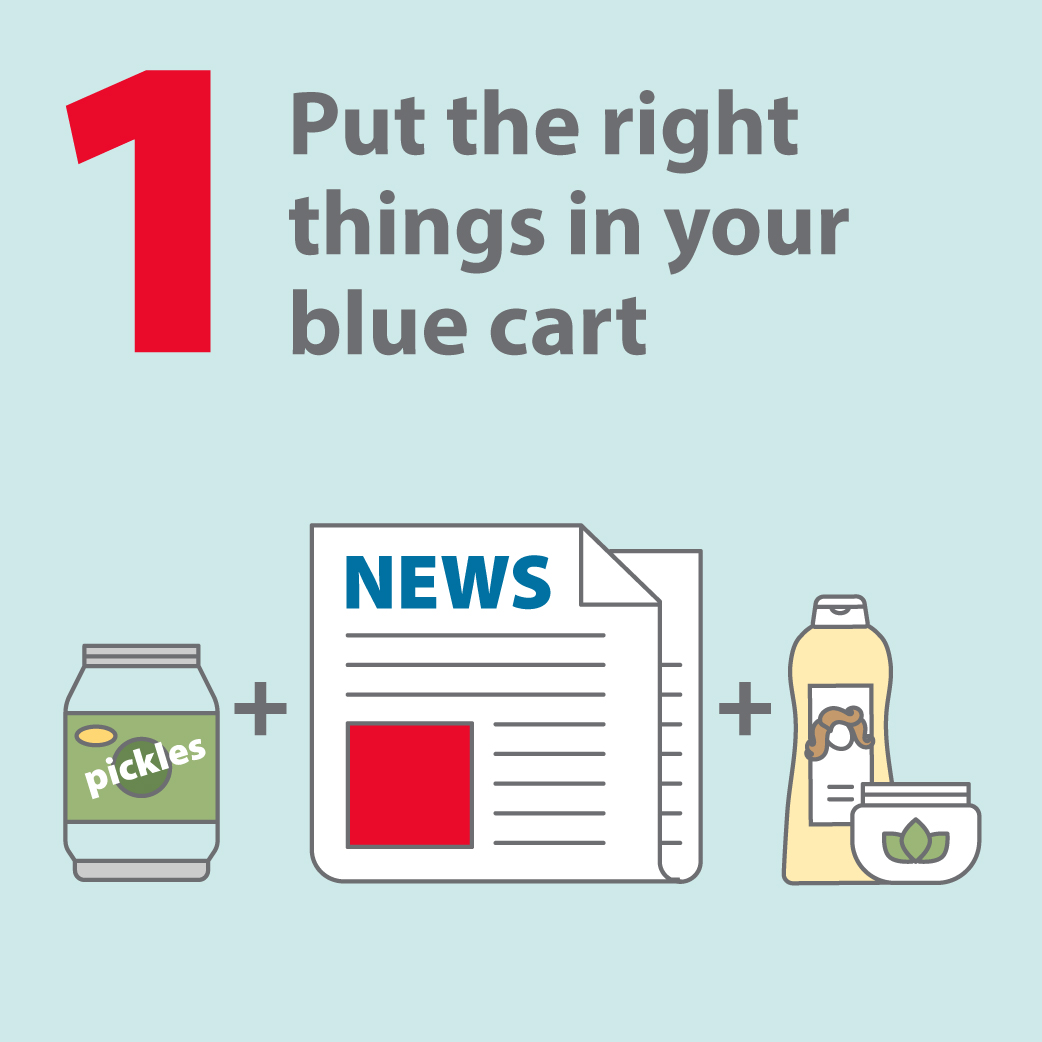
Want to know what items you can and cannot put in your Blue Cart?
If you are ever unsure about where an item goes, visit What Goes Where.
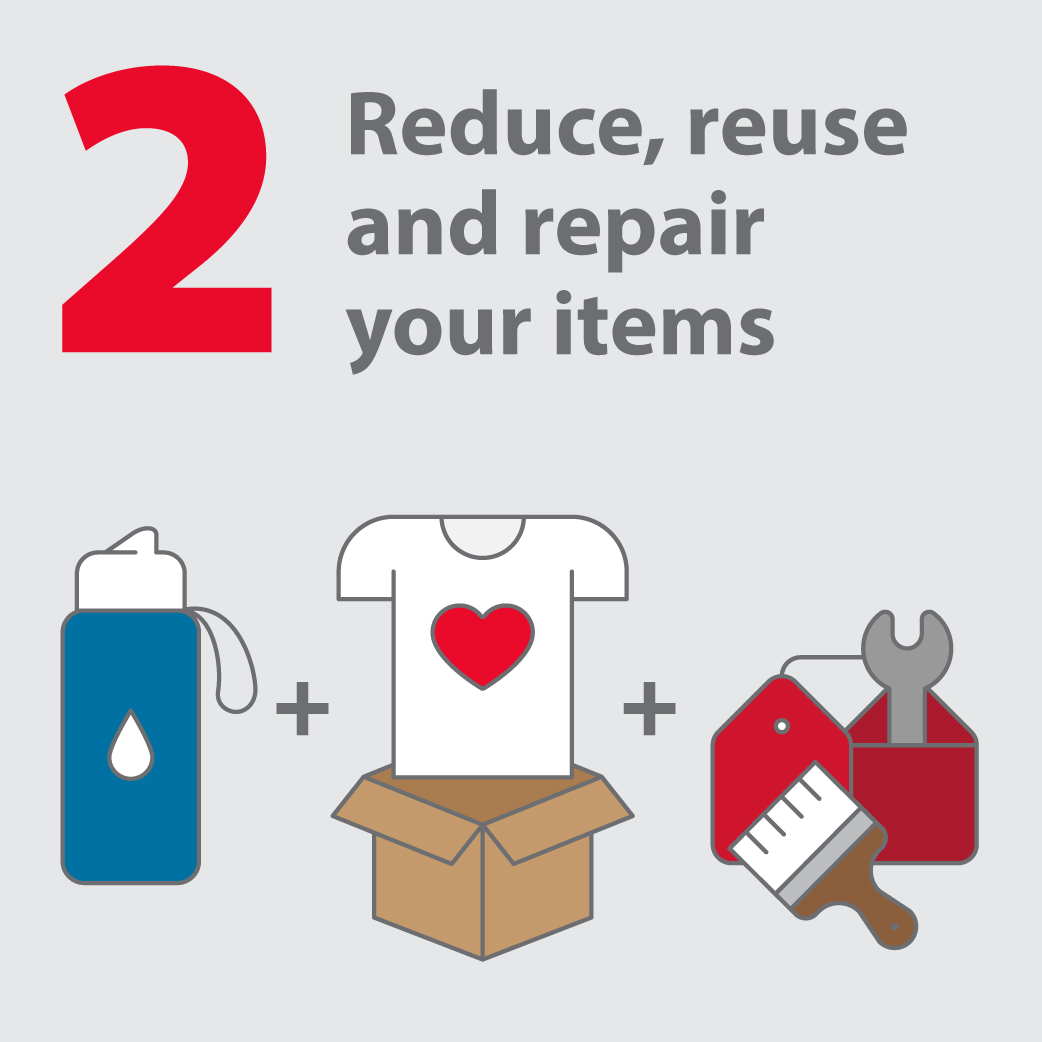
Reduce, reuse and repair your items as much as possible.
Some simple tips for reducing our waste needs:
- Bring reusable bags to the grocery store or mall
- Bring a reusable mug or water bottle to school or work
- Donate unwanted items in good condition to charity

